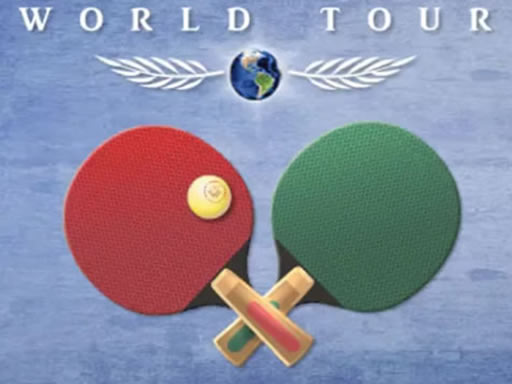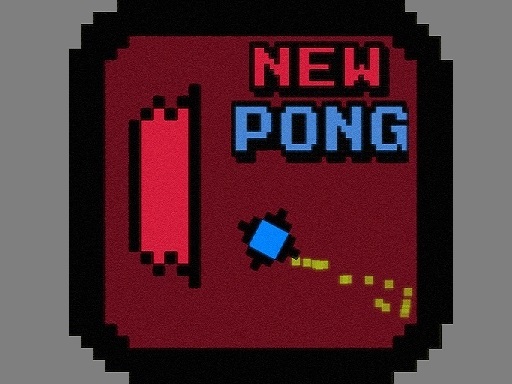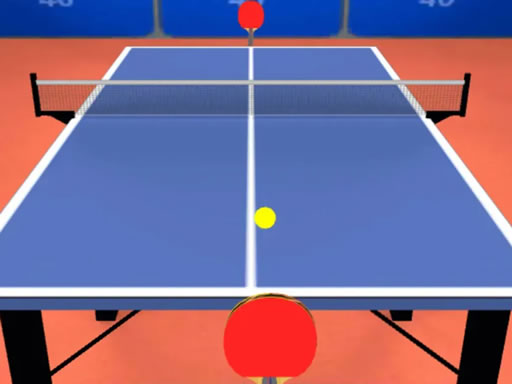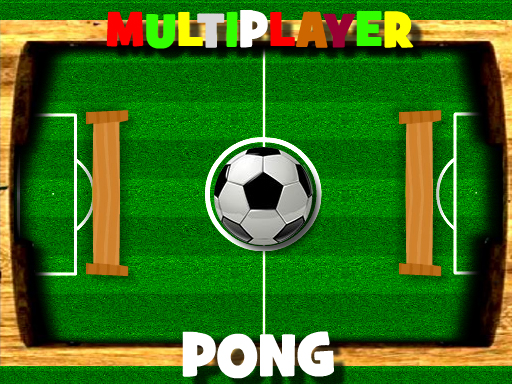Improving your ping - pong skills requires a combination of consistent practice, learning proper techniques, and understanding the game's strategies. Here are some comprehensive tips to help you enhance your abilities:
1. Master the Basics
- Grip: Choose the grip that suits your style - penhold or shakehand. Practice holding the racket correctly as it significantly impacts your stroke control and power. With a penhold grip, your fingers can manipulate the racket for fine - tuned shots, while the shakehand grip offers more power and versatility for a wider range of strokes.
- Strokes:
- Forehand and Backhand Drives: These are fundamental offensive strokes. For a forehand drive, step forward with your non - racket foot, rotate your body, and swing the racket forward and slightly upward. In a backhand drive, shift your weight back and then forward as you swing the racket. Practice these strokes regularly to build speed, accuracy, and power.
- Serves: Learn different types of serves, such as short serves, long serves, and serves with various spins (top - spin, back - spin, side - spin). A good serve can put your opponent at a disadvantage right from the start. For example, a short, low - spin serve can prevent your opponent from attacking immediately, while a long, fast - spinning serve can force them into a difficult return.
- Footwork: Good footwork is essential for getting into the right position to hit the ball effectively. Practice moving your feet quickly and smoothly to reach the ball on both sides of the table. For instance, when moving to your forehand side, step diagonally with your non - racket foot to generate power and balance.
2. Consistent Practice
- Regular Training Sessions: Set aside dedicated time for practice, whether it's daily or a few times a week. Consistent practice helps improve muscle memory, which is crucial for executing strokes accurately and quickly.
- Practice with Different Partners: Playing against various opponents exposes you to different playing styles, spins, and speeds. This helps you adapt and develop a more versatile set of skills. For example, some players may be more defensive, while others are highly offensive, and each encounter will teach you how to handle different situations.
3. Learn Spin
- Understand Spin Types: Familiarize yourself with top - spin, back - spin, and side - spin. Top - spin makes the ball dip quickly over the net and bounce higher on the opponent's side, while back - spin causes the ball to bounce back towards you or move slower. Side - spin can make the ball curve in the air and bounce unpredictably.
- Generate Spin: Practice techniques to impart spin on the ball. For top - spin, brush the top part of the ball as you hit it, while for back - spin, brush the bottom. Using the right amount of spin can disrupt your opponent's rhythm and make it harder for them to return the ball.
4. Develop Strategy
- Analyze Your Opponent: Observe your opponent's strengths and weaknesses during the game. Notice which side of the table they are more comfortable with, their preferred strokes, and how they respond to different types of serves. If your opponent has a weak backhand, target that side with your serves and shots.
- Vary Your Shots: Don't rely on a single type of shot. Alternate between short and long shots, different spins, and offensive and defensive strokes. This keeps your opponent guessing and off - balance. For example, after a series of fast, powerful forehand drives, suddenly play a slow, short - spin backhand shot.
5. Watch and Learn
- Study Professional Games: Watch professional ping - pong matches on TV or online. Pay attention to the players' techniques, footwork, strategies, and how they handle different situations. You can learn a great deal from observing the best in the sport, such as how they set up attacks, defend against powerful shots, and use spin effectively.
- Record Yourself: Record your own practice sessions or games. Review the footage to identify areas for improvement, such as incorrect stroke techniques, poor footwork, or ineffective strategies. This self - analysis can help you make targeted adjustments to your game.
6. Mental Focus
- Stay Concentrated: Maintain focus throughout the game. Don't let distractions, like noise from the crowd or a missed shot, derail your concentration. If you make a mistake, quickly move on and focus on the next point.
- Manage Pressure: In high - pressure situations, such as when the score is close, stay calm. Take a deep breath before important shots, visualize a successful outcome, and trust in your skills. Remember that your opponent is likely feeling the pressure too, and staying composed can give you a significant advantage.
- .For those who wish to play ping pong, check out this free Ping Pong game https://pingponggame.org that is simple and fun.














